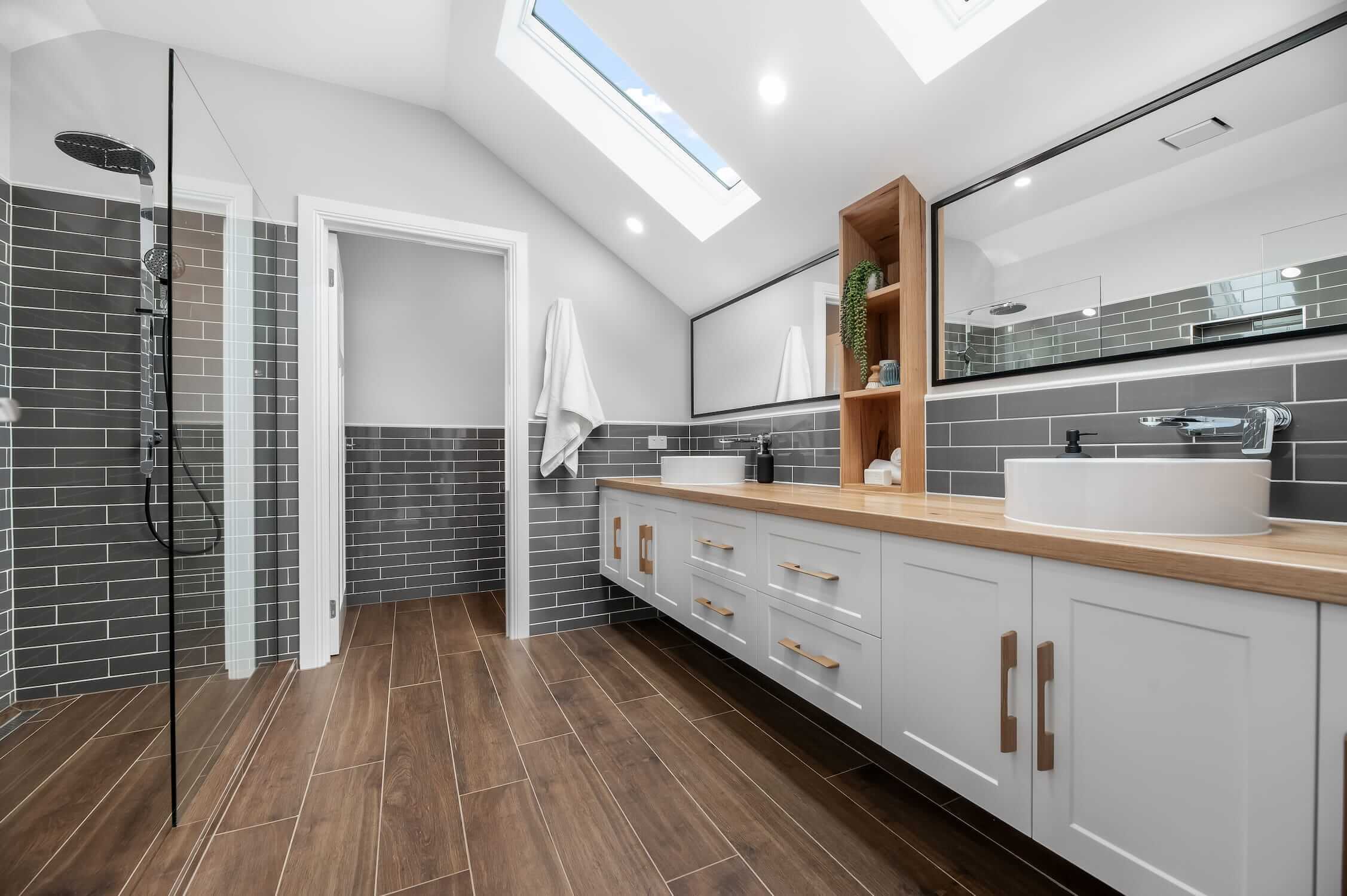When building a home in the Yarra Valley, as well as creating a dream place to live, you have the power to shape things for future generations. Every choice leaves a mark, and it’s why more Australians are choosing sustainable materials to reduce their environmental footprint and create healthier, comfortable and more resilient homes.
Green building is about making choices that minimise environmental impact while maximising comfort and efficiency for homeowners. Let’s explore the top sustainable materials and weigh their costs and benefits to help you create a home that feels good, inside and out — whether you’re planning your dream build or simply curious about eco-friendly construction.
Green building from frame to finish with strong and sustainable materials
Autoclaved Aerated Concrete (AAC) blocks and panels offer lightweight strength and superior insulation. AAC’s porous structure traps air, providing a thermal barrier so you won’t need to rely as much on air conditioning or heating.
Mud brick offers an earthy aesthetic and provides moderate thermal mass to stabilise indoor temperatures. When paired with additional insulation or using it as an internal feature wall it can boost your home’s energy performance. Terracotta cladding, made from natural clay, offers exceptional durability and minimal maintenance while providing a distinct, timeless look.
Weatherboard cladding, made from responsibly sourced timber, fibre cement or composites, is a popular choice for its durability, insulation and classic appeal. Fibre cement siding stands out for its resistance to termites, moisture and fire.
Recycled steel and aluminium offer the same strength and longevity as new to your build. Their thermal mass also helps even out temperature swings, making it easier to keep regulated in hot or cold weather.
Naturally keeping elements out and comfort in
Even the insulation you choose, like sheep’s wool, hemp-based or recycled cellulose, works quietly behind the scenes. Natural insulation further supports a home’s energy performance and makes interiors comfortable year-round, therefore reducing dependency on heating and cooling.
Timber and bamboo, from responsibly managed sources or reclaimed at salvage yards do more than look good. Both are wonderful natural insulators that lock in warmth and keep heat out. Past clients have used reclaimed timber or bamboo for flooring and internal features to reduce their new resource demand and add warmth and character to their spaces.
Sun smart and water wise
Solar panels are common to harness sunlight power and reduce reliance on the grid. Water conservation is another priority. We can integrate rainwater tanks and grey water recycling systems into your design to reduce your water bills and support the local environment. Your landscaping choices can also favour native plants and water wise gardens to rely on minimal irrigation and support local biodiversity.
The long-term value of sustainable choices
On average, eco-friendly construction adds about 2% to costs, yet these materials can deliver 14% to 19% savings in operational costs over a home’s lifetime. Superior insulation, durability and reduced maintenance mean you’ll spend less on energy bills and repairs year after year.
Choosing green building principles benefits the environment while adding long-term value and appeal to your home in today’s market. There’s a growing demand for sustainable homes in Australia, which can boost your property’s value and appeal to future buyers. While you may need to budget more upfront, investing in sustainable materials sets you up for ongoing savings, healthier living and a home that’s future-ready.
Ready to swap ideas on sustainable materials and green building? Book a relaxed call and let’s start planning your future-friendly home.

